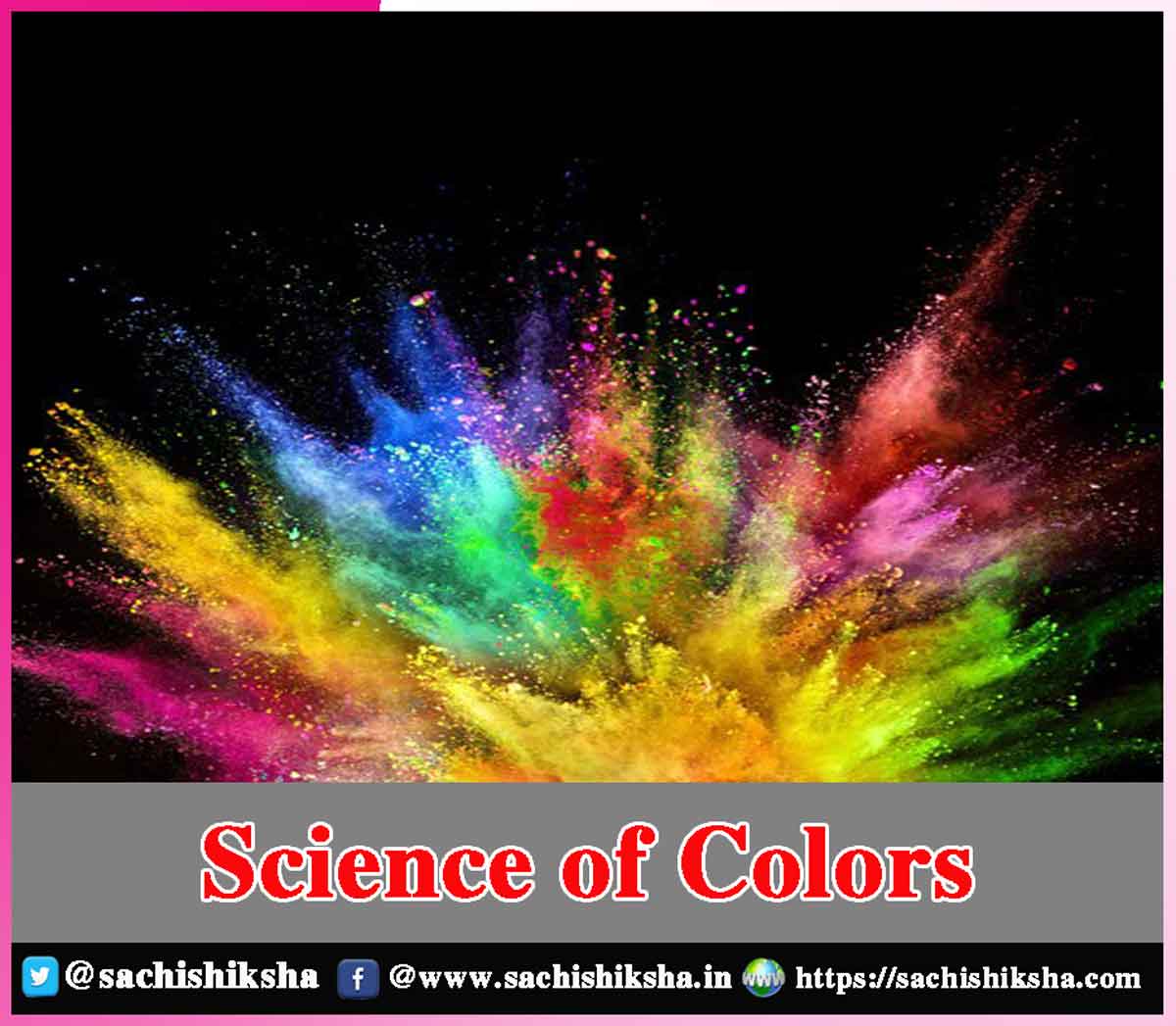Science of Colors:
Colour therapy, a traditional treatment modality used for generations, uses the therapeutic benefits of colour to wake up our minds, body parts, and feelings. This interesting method for addressing happiness has caught the interest of mental health doctors and holistic healthcare professionals alike, who want to learn more about the enormous effect that colors have on our psychological health.
Table of Contents
Restores Harmony:
In modern society, where anxieties and stress are frequent, colour therapy provides an unusual and easily accessible way to restore harmony, equilibrium, and tranquilly to our everyday lives. The thoughtful application of colour, from the colors we wear to the colors we surrounds yourself within our homes and places of employment, can help to foster recovery as well as individual development.
Ancient Egyptian Thought of Colours:

Chinese Colour Therapy:
In China, colour therapy is an interesting aspect of Traditional Chinese Medicine (TCM). The five-element principle is at the heart of this therapy, which correlates colors with particular structures and energy in the body, permitting a more personalized approach to treatment.
Indian Colour Therapy:
India is a country rich in ancient traditions and customs. Ayurveda, a medical and healing tradition that originated thousands of years ago, recognizes the relationship between colors and the chakra system. In this concept, chakras are energy centers in the body that correlate to a distinct colour. Colour therapy is thought to balance the chakras, promoting physical and emotional well-being. The ancient technique demonstrates the strength of the mind-body link and the role of colors in psychological therapy.
Colour therapy is a constantly growing field, with new scientific study and anecdotal evidence of its efficacy emerging. Colour therapy is now better understood thanks to scientific advances in the nineteenth and twentieth century.
Colours & Human Psychology:
Determining why colors perform such an important part in human psychology is essential to grasping how they work. Colors can be strong signals that generate significant human responses, both consciously and unconsciously. Colour therapy, also known as chromotherapy, uses colour in medication, whether through coloured lights, particular daily colour choices (such as clothes, paint colors, and so on), or coloured imagery. The electromagnetic spectrum consists of electromagnetic waves ranging from gamma rays to radio frequencies. Visible light that builds up the colours we see every day is located between infrared and ultraviolet (two types of invisible light) on the spectrum of colors.
Psychological and Physiological Effects:
According to scientific evidence, each colour has a distinct wavelength and frequency, which influences our psychological and physical reactions. When we see a specific colour, our brains interpret it as messages which impact various brain areas involved in feelings, recall, and other activities. Colors’ influence on emotions and moods can be explained by how these signals communicate with the brain.
Colour can have both psychological and physiological effects on our bodies. For instance, being subjected to certain colors has been shown to boost serotonin levels in the body, increasing mood and lowering stress. In a similar way different colors have been shown to influence heart rate, central nervous system regulation, and respiratory patterns. Knowing how our brains react to colour stimulation, as well as the physiological implications of various hues, allows us to fully comprehend why colour therapy is such an effective healing technique. As fresh study regarding the power of colour emerges, the possible advantages of chromotherapy become even clearer.
Each Colour Triggers Certain Changes:
Incorporating colour therapy in your daily routine does not have to be difficult. We see colors all the time. Choosing certain attire, viewing specific photos, and using coloured light bulbs can all influence your state of mind and mood during the day. Colour therapists believe that each colour triggers certain changes; hence colors should be adjusted throughout treatment to achieve varied outcomes.
Red is regarded to be a potent colour that stimulates the body, increases heartbeat and movement, energies, and increases hunger.
Orange is commonly connected with optimism and a sense of happiness. This colour may elicit excitement and enthusiasm while also encouraging innovation and energy.
Yellow is often thought to be a bright and happy colour. The sun and light corresponding to yellow can improve mood, attention, and establish a sense of calm.
Green has become famous for its healing properties, as it can be both calming and energizing. Nature-inspired greens may improve efficiency, focus, and originality.
Blue is commonly seen as a relaxing colour that can help to relieve tension, induce relaxation, and promote contemplation.
Purple colour is often connected with monarchy and religion. This colour may stimulate intuition while also deepening the spiritual link and promoting healing.
White is commonly seen as a colour of clarity, purity, and rejuvenation. It can help to restore physical balance and emotional peace.
Perception of Colour:
Each person’s both mental and physical state might influence his perception of colour. It’s crucial to note that no two individuals will react in precisely the same way to a given colour, so explore with several colors to see which colour performs most effectively for everyone. Colour visualization, colour respiration, and developing color-infused settings with colour filters or light treatment devices are all techniques for incorporating colour therapy into everyday life.
Online Therapy:
Colour therapy may also be used in the fields of design and art, with numerous individuals utilizing the power of colour to promote wellness, imagination, and restoration. When paired with a therapeutic technique like online therapy, colour therapy can be a powerful tool for boosting mental health. An online therapist can walk you through workouts and procedures to maximize the benefits of colour therapy. With their assistance, you may learn how to discover which colors connect with you and use them to cultivate a good outlook and promote emotional recovery.
CBT & Colour Therapy:
Clinical investigations show that cognitive behavioral therapy (CBT) can be useful for treating depression. As a regularly used online therapy strategy, colour therapy and CBT could be a potent combo for lowering depression symptoms.
Light Therapy:
In reality, the same clinical investigations have indicated that light treatment, as well as the combination of CBT and light therapy, can improve psychological outcomes. Colour therapy, regardless of the technique utilized, is an effective tool for boosting holistic wellness because it allows us to gain insight into our individual relationship with colour. Knowing the ways that various colors affect our feelings and our physical well-being may allow us to apply these approaches to restore balance and harmony in our lives.
Conclusion:
Colour therapy has been used for generations to promote healing and restore harmony in every aspect of one’s life. Colour therapy, with its ability to elicit both physical and psychological replies, has the potential to be an effective treatment for improving mental health. People can learn how to implement this ancient technique into their daily life in order to promote mental wellness. With more investigation and exploration, colour therapy could be an advantageous addition to your therapeutic toolkit.













































